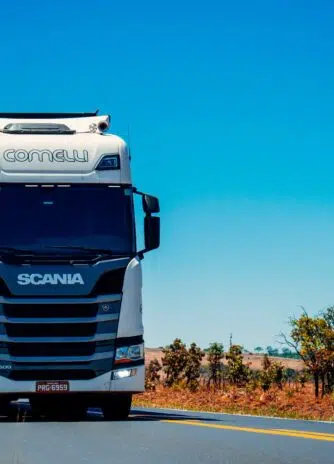Amazon has introduced Vulcan, a next-generation warehouse robot designed with a sense of touch—thanks to AI and advanced force sensors. This new robot can now handle about 75% of the items stored in Amazon’s warehouses, a task once dominated by human workers.
“Vulcan represents a fundamental leap forward in robotics,” said Aaron Parness, Amazon’s director of applied science. “It’s no longer just about seeing the world—it’s about feeling it. That opens the door to things we simply couldn’t do before.”
While Amazon has used item-picking robots before, Vulcan is the first to bring the sensitivity and dexterity needed to operate inside the company’s tightly packed, fabric-covered storage pods. These storage units, which are already moved around by separate robots, require a delicate touch. Vulcan’s main arm—described as looking like “a ruler stuck onto a hair straightener”—can gently reposition stored items and add new ones, using force sensors to gauge contact and avoid damage. A second arm, equipped with a suction cup and an AI-powered camera, ensures it picks up the correct item without grabbing extras by mistake.
AI powers every part of Vulcan’s operation. It’s trained not just on visuals but also on tactile and force feedback, enabling it to learn from its own errors. Over time, it gets better at recognizing how different objects respond to touch, improving its performance autonomously.
Vulcan is already at work in Amazon facilities in Spokane, Washington, and Hamburg, Germany, where it has handled over 500,000 orders. It’s particularly useful for accessing items stored at the top or bottom of the company’s eight-foot-tall storage stacks—reducing the need for human workers to crouch or climb ladders. Amazon says this boosts safety and helps prevent injuries on the job.
Despite its capabilities, Vulcan isn’t designed to replace human workers entirely. It collaborates with them, stepping in when tasks are repetitive or physically taxing. “Vulcan works alongside our employees, and the combination is better than either on their own,” Parness noted.
He added in an interview with CNBC, “I don’t believe in 100 percent automation. If we had to get Vulcan to do all the picks and stows, it would never happen.”
Still, with Amazon already employing 750,000 robots across its operations, Vulcan’s rollout across Europe and the U.S. over the coming years is another step toward an increasingly automated future—one where the balance between human and machine continues to evolve.
We have helped 20+ companies in industries like Finance, Transportation, Health, Tourism, Events, Education, Sports.












